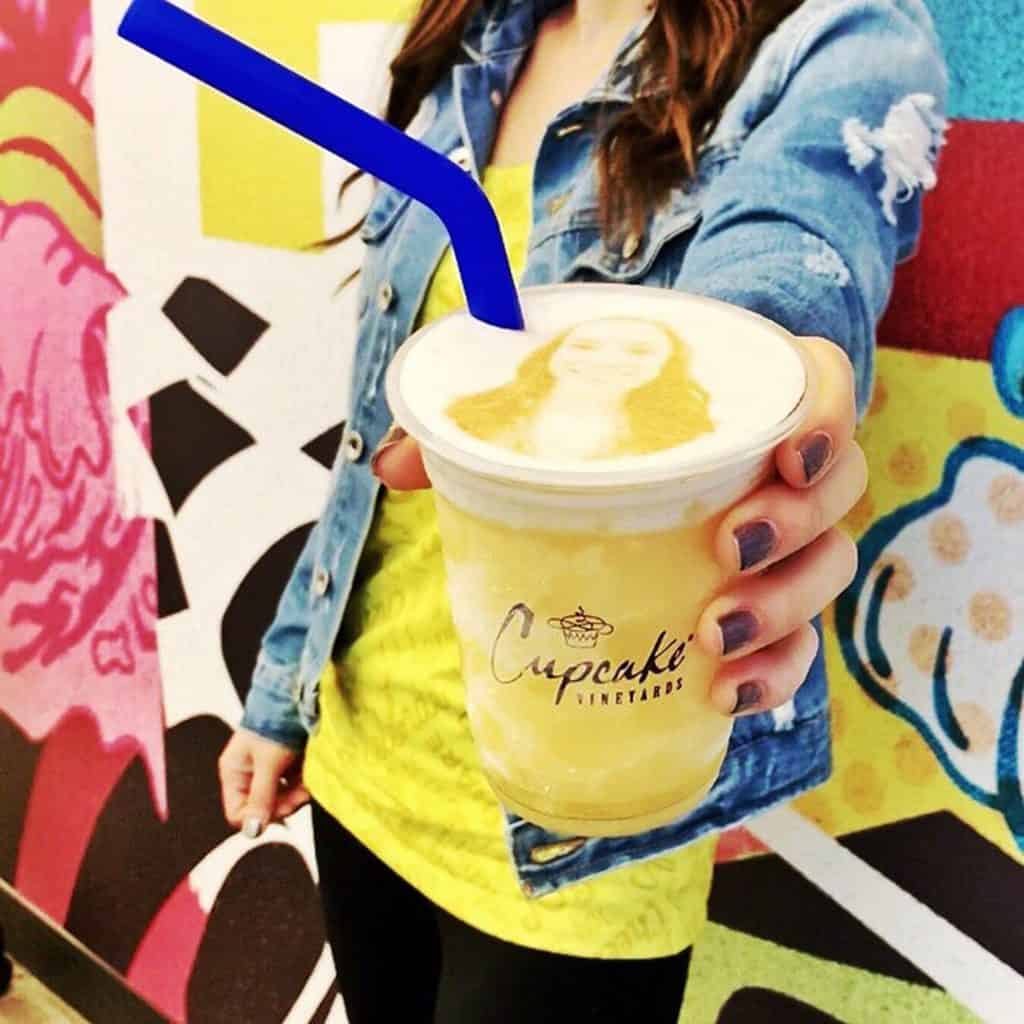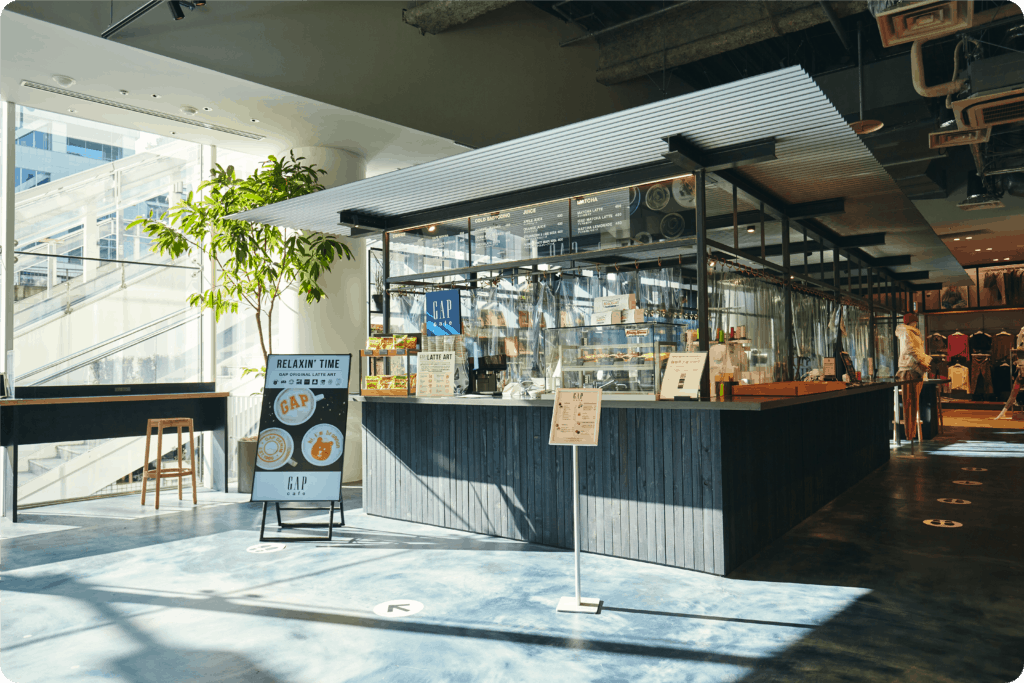Four Hot Experiential Marketing Trends for 2021
Over the last few years, experiential marketing has been a growing and vital tactic for brands, and with good reason; 85% of customers say they’re more likely to buy after participating in a branded experience. It’s also one of the marketing channels that was most impacted by the pandemic.
However, the pros in this industry have never been known to back down from a creative challenge, and we’ve seen an incredible amount of innovation this past year. These are the 2021 experiential marketing trends we’re seeing that will impact branded experiences for the rest of this year and for years to come.
Experiential Marketing Trends for 2021
1. Outdoor experiences will continue to grow
As we approach the summer months in the northern hemisphere, we’re anticipating a sharp rise in the number of events offered in outdoor environments.
In this post-pandemic landscape, many people will continue to shy away from large indoor events, so incorporating outdoor experiences or hybrid events is a necessary tactic for event professionals as they plan their event marketing activations this year.
Festivals are a great way for a brand to connect with a crowd.

Cupcake Vineyards offered Frozies (Frozen rosé cocktails topped with selfies) at Coachella in 2019.
Of course, food or drink topped off with Ripples is an easy, brandable way to increase your impact. Prior to Covid, 41% of Americans would look for food and beverage offerings before participating in a brand-sponsored event, and 30% consumers say that having food or beverages at an event increases their likelihood to buy!
2. Expect to see localized events and experiences
Much of the world is still under travel restrictions, and even where they’re starting to lift many are still uneasy about traveling further than a day trip.
Netflix was an early leader in this trend taking over an entire block of Little Italy in NYC to promote their movie The Irishman. On November 22nd and 23rd – the day Jimmy Hoffa went missing back in 1975— Netflix partnering with 11 local businesses to give out free food and services to “friends of Jimmy” if they knew the speakeasy-style password to unlock the game.
3. Brands making meaningful use of technology and digital spaces will win big
Many brands pivoted to digital this past year, and this trend is one to stay. With these new tech tools consumers can participate in your experiential programming without ever leaving home.
One of our favorite examples is Marriott Hotel’s Portal to Paradise app. It uses augmented reality to let consumers explore Marriott’s resorts around the world as they start dreaming up future travel.
Seeing this full integration with digital is crucial for all industries, especially as a first step to getting people in the door.
4. Brick-and-mortar stores are reinventing themselves
This need for tech integrations is especially apparent for brick-and-mortar stores.
Consumers established new habits in the past year, particularly around online shopping. In the United States, consumer spending online increased by a whopping 44%.
If the goal is to get people to visit your shop in person, you need to start the conversation digitally and then offer something unique enough to drive them into the door. Gap Café in Japan embodies this new philosophy, featuring a customization corner where guests can personalize their purchases with patches or embroidery, and an in-house café where they can wait for their new one-of-a-kind designs, showcasing the culture and music of 1969 San Francisco, and branded drinks.

Experiential marketing helps you create a stronger connection with potential customers. It can help you enhance brand recognition, loyalty, and encourage sales. Personalized food and drink is one of easiest ways to add this important marketing tactic to your strategy – whether you’re planning a major event or you’re looking to up your coffee shop’s Instagram game, we’re ready to chat. Get in touch!




